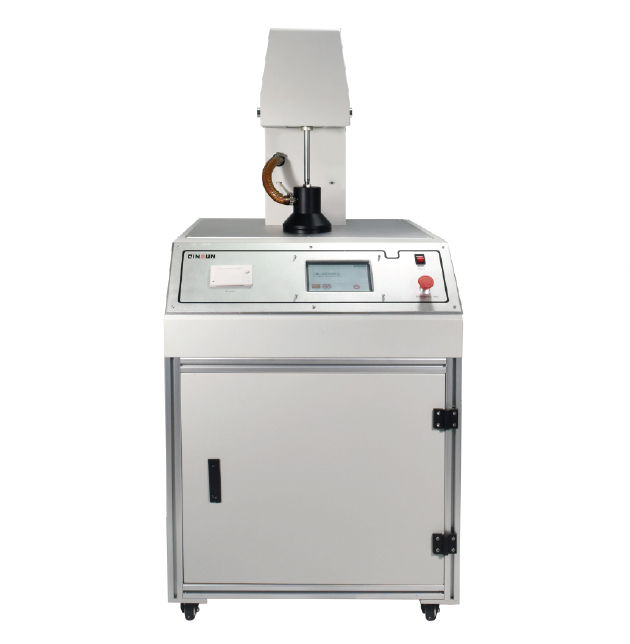- Qinsun Instruments Co., Ltd.
- Tell:+86-21-6780 0179
- Phone:+86-17740808215
- Address:No. 2578 Minhang District Gu Dai Road, Shanghai
- Contact:Mr. Li
- QQ:846490659
Principle of zirconia oxygen analyzer

Zirconia oxygen analyzer, also known as zirconia oxygen analyzer, zirconia analyzer/zirconia oxygen meter/zirconia oxygen meter. Mainly used for measuring the oxygen concentration in flue gas during combustion, it is also suitable for measuring the oxygen concentration of non combustion gases. The electrochemical cell (oxygen concentration cell, also known as zirconium head) with a constant temperature inside the sensor generates a millivolt potential, which directly reflects the oxygen concentration value in the flue gas.
The key component of an oxygen sensor is zirconia, which is coated with porous platinum electrodes on both sides of the zirconia element to create an oxygen concentration difference battery. It is located at the top of the sensor. In order to maintain the rated operating temperature of the battery, a heater is installed in the sensor. Use the temperature controller inside the oxygen analyzer to control the constant temperature of zirconia. The composition of a zirconia oxygen analyzer consists of an oxygen sensor (also known as an oxygen probe, oxygen detector), an oxygen analyzer (also known as a transmitter, transmission unit, converter, analyzer), and the connecting cables between them. The zirconia probe is a sensor that uses the concentration potential of zirconia to measure oxygen content. The core zirconia tube is placed in a micro electric furnace and is located at the top of the entire probe.
Zirconia tube is a stable zirconia ceramic sintered body formed by high-temperature sintering of zirconia material mixed with a certain amount of yttrium oxide or calcium oxide. Due to the presence of oxygen ion holes in its cubic lattice, it is a good oxygen ion conductor at high temperatures. Due to this characteristic, at a certain high temperature, when the oxygen content on both sides of the zirconium tube is different, it is a typical oxygen concentration cell. In this cell, air is the reference gas, and it is located at the inner and outer electrodes respectively with the flue gas. In an actual oxygen probe, air flows through the outer electrode and smoke flows through the inner electrode. When the oxygen content P in the smoke is less than the air oxygen content P0 (20.6% O2), oxygen molecules in the air take four electrons from the outer electrode to form two oxygen ions. The following electrode reaction occurs: O (P0)+4e - → 2O-2 oxygen ions quickly migrate to the edge of the smoke in the zirconia tube, The opposite electrode reaction occurs on the inner electrode: 2O-2 → O (P0)+4e - due to the oxygen concentration difference, oxygen ions migrate from the air edge to the smoke edge, resulting in a potential that causes oxygen ions to migrate in the opposite direction from the smoke edge to the air edge. When these two migrations reach equilibrium, a potential signal E related to the oxygen concentration difference is generated between the two electrodes, which conforms to the Nernst equation: E=(RT/4F) Ln (P0/P) (1), where R F is the gas constant and Faraday constant, T is the absolute temperature of the zirconium tube (K), P0 is the air oxygen content (20.6% O2), and P is the flue gas content.
From equation (1), it can be seen that under certain high temperature conditions (generally 600 ℃), a certain amount of flue gas oxygen content will have a corresponding potential output. In an ideal state, its potential value corresponds to the oxygen content in the high temperature region. In an ideal state, when the concentration of the measured flue gas is the same as the reference gas, its output potential E value is 0 mV. However, in practical applications, the actual conditions and on-site conditions of the zirconium tube are not ideal. The actual zirconium tube in the story deviates from this value.





